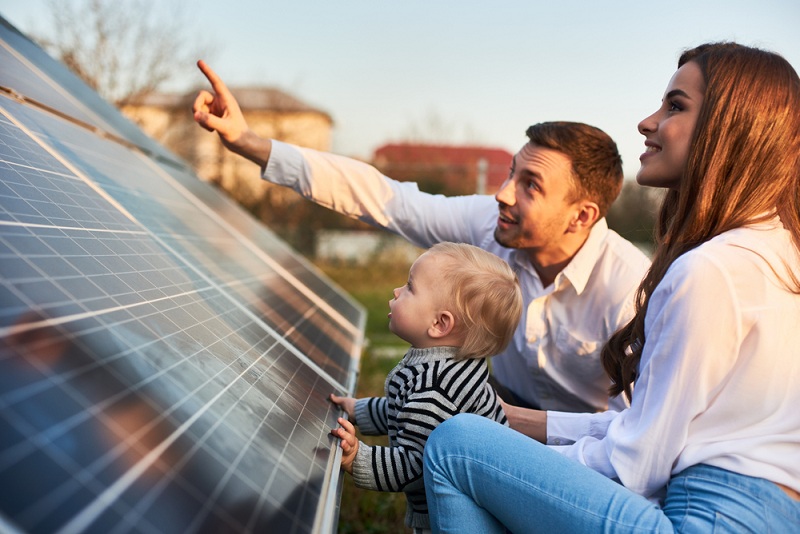Solar power is one of the best options for generating renewable electricity, and you can even construct your system yourself.
It takes a lot of effort to build your solar system to harvest solar energy. It can be an enjoyable and rewarding experience for most DIY-ers or anyone wanting to learn something new.
To build something yourself, you must plan and prepare everything before starting construction. You may need permits for building projects, depending on where you live.
Building a solar panel yourself makes the most economical and practical choice for a small project, like powering up an RV. You shouldn't build your solar power systems for your homes because they're prone to error and could cause harm if something goes wrong.
We'll go over what you need to know about DIY panel installation, review the advantages and disadvantages of doing so yourself, and explain why hiring a professional solar panel installer might be a better option for you.
Can You Build Your Solar Panels?
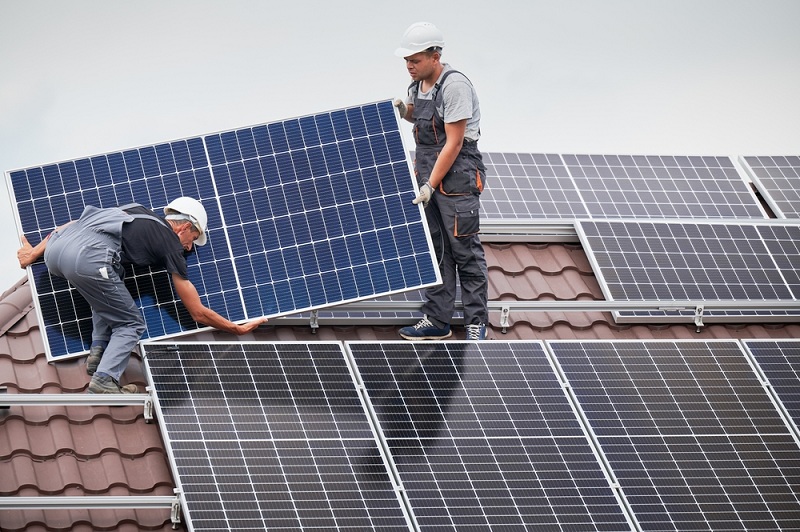
Building your entire solar power system from the start is surely feasible. It could be dangerous because any fault in construction might end up in a system malfunction.
Solar panels consist of several individual solar cells joined together using solder. These cells are then connected to a junction point where they connect to an electrical system.
After being assembled, the panels need to be sealed so that the electric connections between them are protected from water. After which, the surface is covered with a clear waterproofing material. Silicon is then applied to the outside of the panel to prevent moisture.
Making one solar panel isn't too hard; it just requires some soldering skills and knowledge of solar cell technology.
Finding high-grade materials for building the panels is the most difficult part of the project. Usually, the materials are bought ad hoc manner from various suppliers, so quality can be difficult to monitor.
If you use substandard materials for building solar panels, they may not last long and could even catch fire.
You should start small if you're going to build your panels. For example, you could use them to power your garage rather than an entire home. Small-scale solar panel projects will keep electricity bills low, making them easier to manage and less likely to cause electrical outages.
It can be unsafe for someone with little to no experience building solar systems to build a large one capable of powering their home.
Steps to Build a Solar Panel System
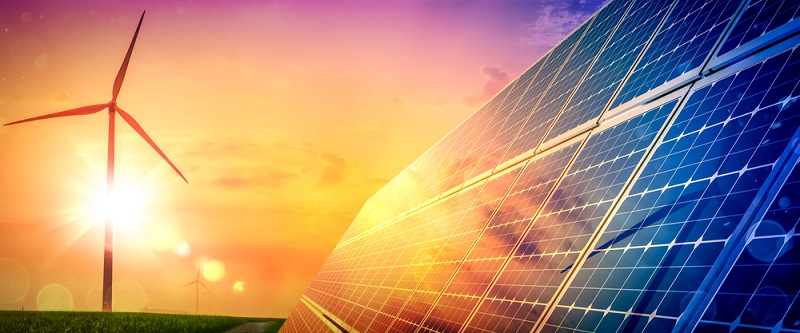
Here's how to get started:
It is important to consider that the solar panels available online are usually second-hand products that did not pass quality control, so they may be faulty.
They can have scratches, stains, or imperfections, which is undesirable.
Step 1: Figure out how big a system you want to create.
You can figure out the number of solar panels you'll require by knowing how much power you want to generate each month and how much sunlight you can receive during the year.
After you've figured out that, you can go ahead and buy the right kind of solar panels for your needs.
You will require less number of panels if you are building a solar system for powering small devices. Find out the kilowatt hours (kWh) the appliance will use, then calculate how many solar cells you need to produce that energy.
Step 2: Buy parts for solar panel
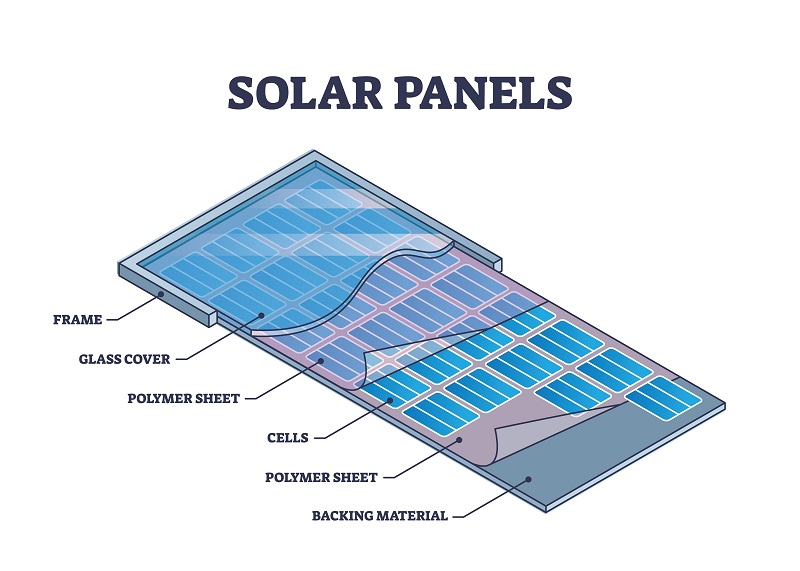
You need to buy the following parts:
Solar Cells
First, you must purchase solar panels to convert sunlight into electrical power. A typical solar panel has around 30 solar cells.
Pre-soldered wiring
If you buy pre-soldered wires, you'll be able to save time by not having to solder wires onto solar panels, but you'll still need a soldering tool to solder the wires to the rear side of the solar panels.
Non-Conductive Material
Next, you need to purchase non-conductive materials like wooden boards, glass, or plastic for attaching the cells. Wood is usually the best material to make DIY solar panels because it is easy to cut them into pieces and drill through them.
When you've connected all the solar cells, you need to attach them to the wooden frame and then connect all the wiring and solder each.
After connecting them, you wire them to a charger, which controls the electrical voltage. You can use wood to construct a box to hold the solar panels and then cover them with Plexiglas for protection from moisture.
Plexiglass
Plexiglas is often applied to solar panels to prevent water from entering the system.
After your solar panels are connected to the wood backing, they must be sealed with Plexiglas to protect them from heat, water, and dust.
Step 3: Buy inverters and racks
You may consider purchasing a solar panel kit if you aren't confident enough to install them yourself. They often include racks for securing your solar panel system.
You must decide which rack systems work best for your specific roof types or whether you wish to install them on the floor or ground.
There are so many clamps and mounts available from wholesalers that it would be impossible for anyone to know which ones are best for their needs.
Step 4. Purchase the racking for your solar panels
Selecting a solar rack for installing your solar panels depends on where you will install them, for example, on the ground or on an RV.
You'll need to decide which racking system you want to purchase. After choosing your rack location, you need to figure out where you will drill through the wall to attach the rack to your structure.
Step 5. Attach solar panels and racks
To attach solar panels to the roof rack, you will require clamps or connectors that fit the type of racks you use. Purchasing them together and from the same dealer ensures that both are compatible.
A properly built solar panel kit has an integrated rack for mounting the panels. If you plan to purchase the parts separately, consider whether they're compatible.
Step 6. Install the right kind of solar inverter
It's not easy installing an inverter. You'll need to hook it up to the electrical grid. We suggest hiring a professional electrician for this, as they will do it safely and effectively with the correct permits.
Skills Needed to Build Solar Panels?
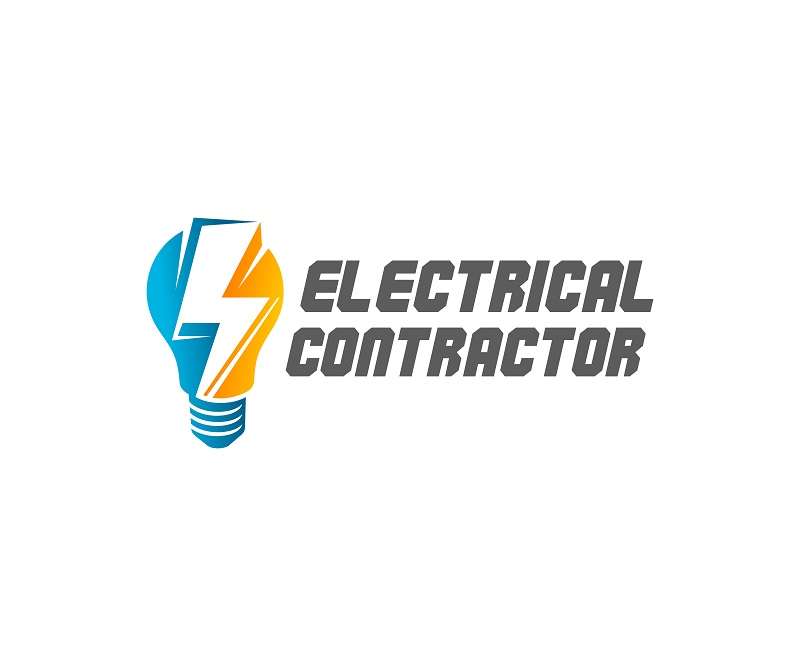
Solar panels are not difficult to construct, but if you want them to last long, you must construct them with extreme care. To keep solar panels working effectively, they must maintain their strength in extreme weather conditions and withstand long periods of exposure to the sun.
Safety is the most important thing when making solar panels. Moisture can cause damage, and poorly constructed panels can catch fire due to the sun's heat.
Learning how to solder and connect wires is a challenge that requires the knowledge of an experienced electrician or an engineer.
To build a system, you need to be willing to learn, make errors, and get some hands-on experience in electrical wiring and soldering.
If you're an experienced engineer or electrical contractor, it's easier to learn,n but it's certainly not something you can do over a weekend.
Building a Solar Panel System With a Kit
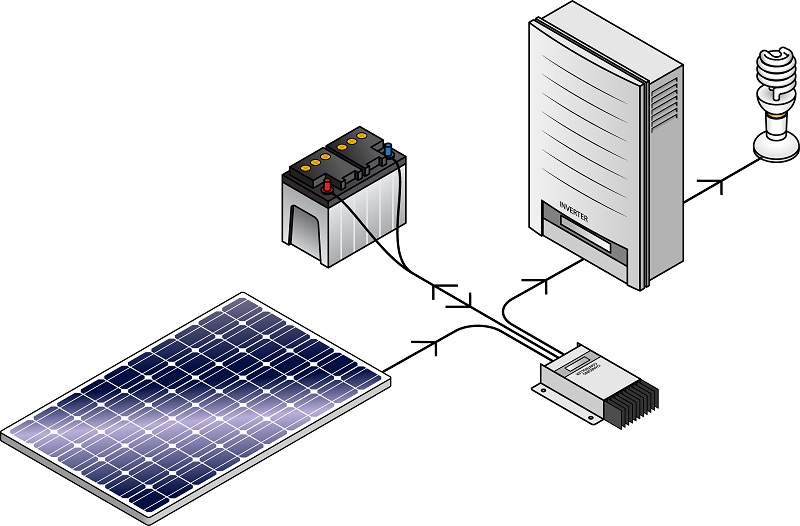
Most homeowners prefer to buy pre-built solar systems rather than build them themselves.
One of the advantages of purchasing a preassembled solar panel system, such as one from Grape solar, is that the equipment inside the package is likely to be compatible.
It isn't always true if you buy each item individually. For instance, some solar panels and inverters cannot be used together unless they meet specific electrical requirements.
Unless you want to build a complete solar power plant from scratch, buying a solar panel kit is a good choice and will cost less and be easier to understand.
Pros and Cons of DIY Solar Panel Projects
Most DIY projects come with both their pros and their cons. But because they provide power for your house, having them installed correctly is very important.
It is the difference in knowing whether you will save thousands of dollars or have solar panels that you're sure won't fail.
You can see that the cons far outnumber the pros.
Pros
Cons
Cost of Buying Solar Panel Kits vs. Cost of Building a Solar Panel System
A 6 kW solar panel system can cost between $8,000-$20,000 without the 30% federal tax incentive and excluding permit costs or installation fees, which professionals cover.
By August 2023, the price for a 6 kW solar power system without any tax credits will have increased to an average of $20,000. It's expensive but well worth it because it comes from a company you can trust for a lifetime.
The cost of solar cell materials, wires, inverters, permits, etc., varies for building solar power systems from the start, and they may be cheaper than hiring an installer.
However, these panels may not be reliable, and you won't be able to get any help from the manufacturers if there is any breakdown in the system.
Advantages of Professional Installations
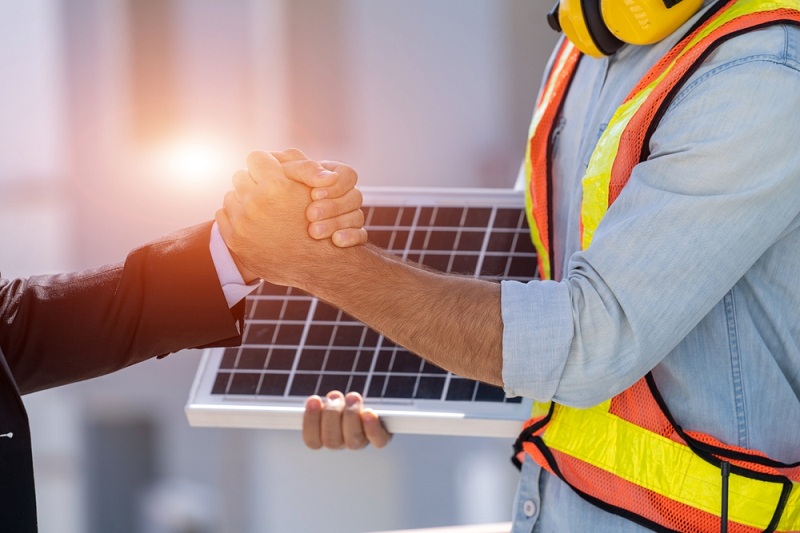
Installing solar panels can seem expensive but there are several financing options including solar loans and incentives which can significantly lower the costs.
Solar systems cost a lot of money but they're well worth the investment because the installers have years of experience working in the field so they know exactly what needs to be done.
We've compiled a list of the top 100 installers in the United States.
The federal tax credits were recently renewed to 30% through 2032. To repeat, you won't qualify for this incentive if you install the panels yourself.
You can create homemade solar panels, however, they aren't suitable for large-scale production. A professionally installed solar panel may not give you the sense of accomplishment of finishing a project, but it can certainly help you feel better.

